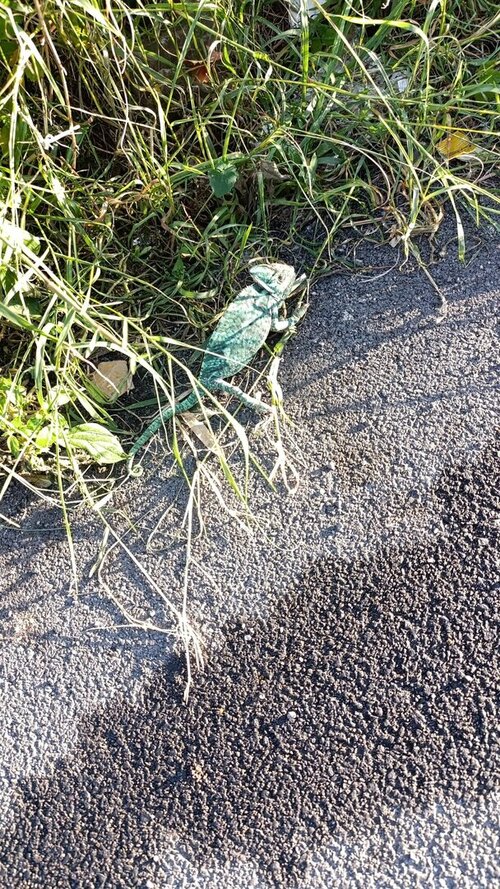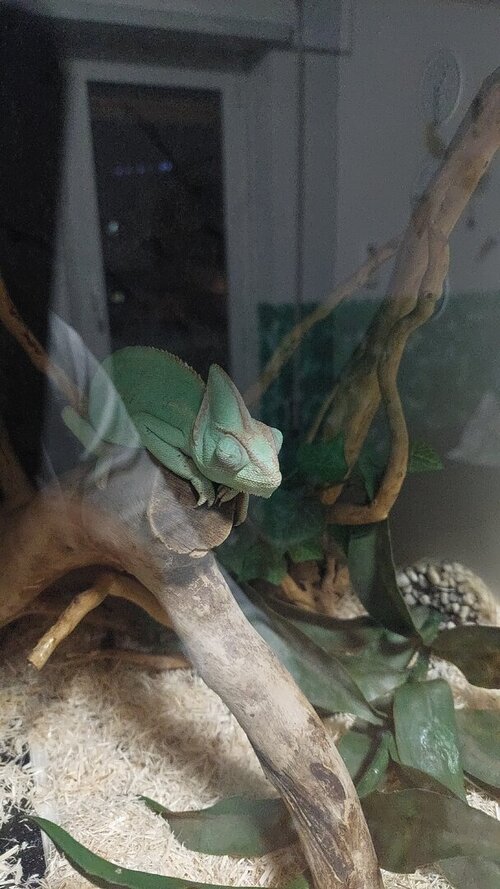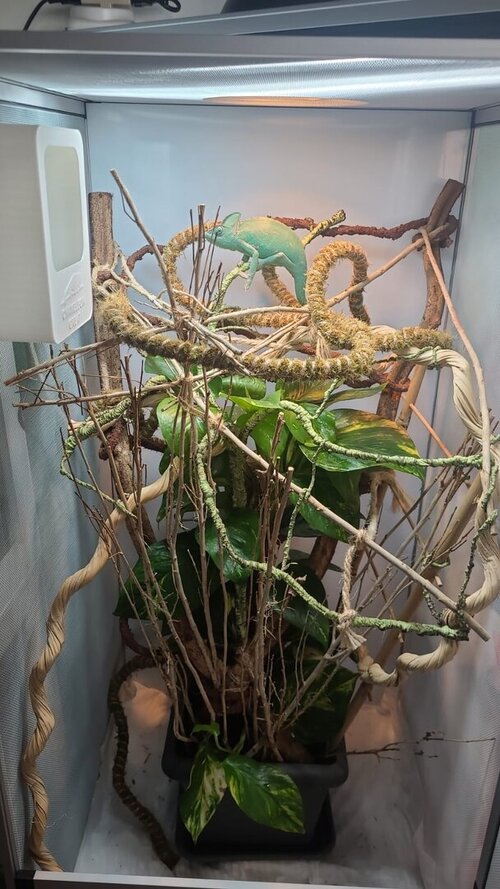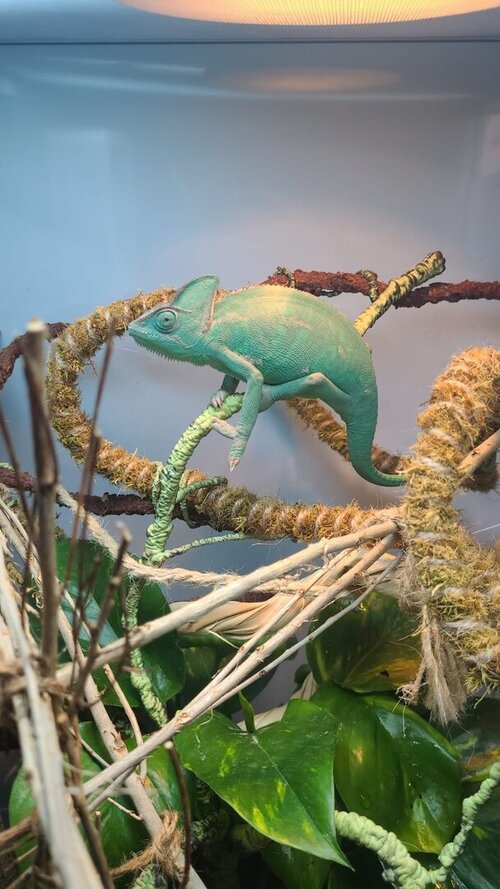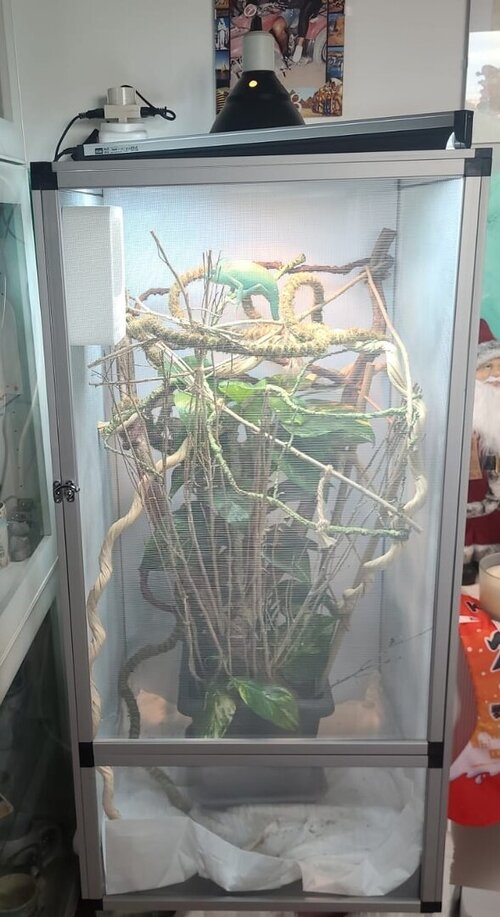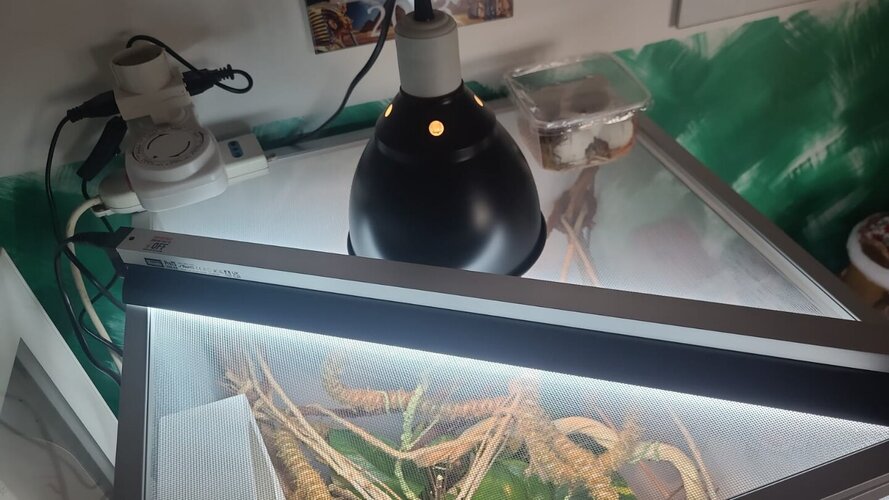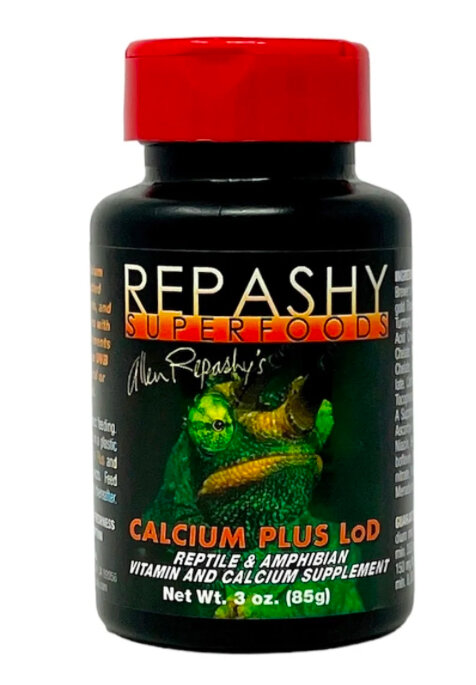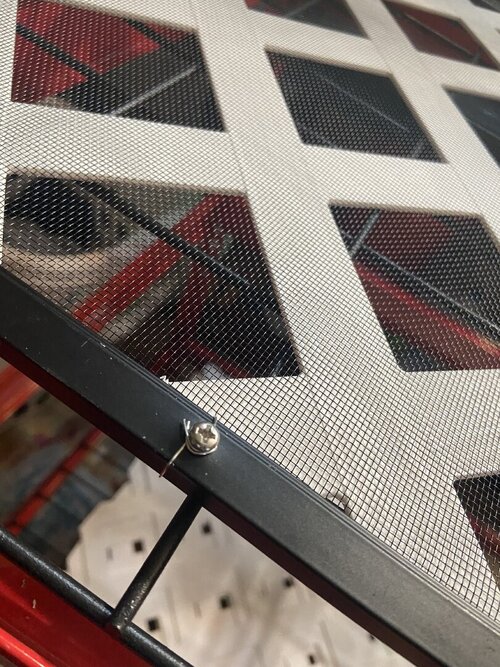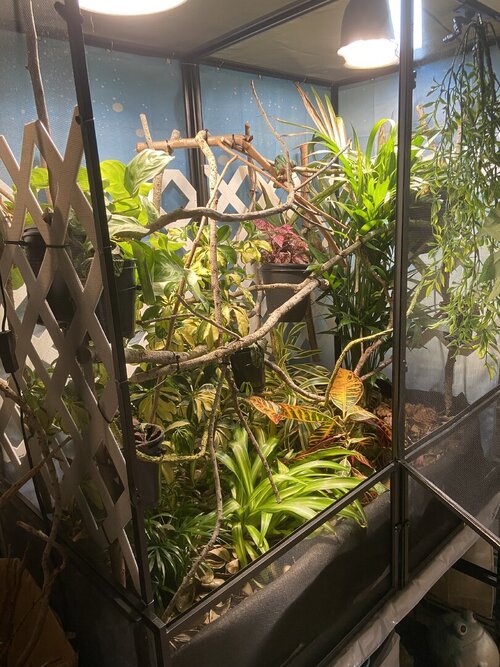l&l&
New Member
Hi, I live in Rome, Italy, and I apologize for my English. First of all, congratulations for your forum and your animal friends, unfortunately in Italy there are very few forums about chameleons. In November, while I was walking my dog, I found a calyptratus chameleon abandoned in the grass. I have been breeding boa constrictors for twenty years so I know how reptiles work even if I have never owned a chameleon, so I took it home and put it in an empty terrarium I had for a boa constrictor. The chameleon had its eyes closed and was cold because here in Italy it is winter. I took it to a vet who gave it an antiparasitic and an antibiotic and in the meantime I fed it by gently opening its mouth and putting crickets and also water, obviously I dusted the crickets with calcium, calcium + d3 and once also with a vitamin supplement for chameleons. After ten days he began to open his eyes and feed himself. In the meantime I bought a 50*50*100 cm mesh terrarium, a 50 watt Arcadia spot lamp and a 24 watt Arcadia UVB 6% neon, a "photos" plant and various decorations. At the bottom I temporarily placed an absorbent crosspiece while I finish building a cabinet with water drainage. The temperatures are those indicated in the chameleon breeding sheets. Do you think this arrangement is okay? If I spray distilled water in the morning and evening, will it be enough? I read that many spray during the night, should I buy an automatic sprayer for the night or is twice a day enough? I would like to add a dripper but I have no idea how to do it, do you have photos of your drippers? I feed him every other day with 4/5 adult crickets, do you think that is okay? Now the chameleon is fine but I think he has vision problems in one eye but he eats without problems, I also check the feces which are solid and moist and the urates are white. I attach some photos: the first is when I found the chameleon, the second is from the days he was in the enclosure. The other photos are from the new terrarium. I apologize for the length of the post. Thanks you.






